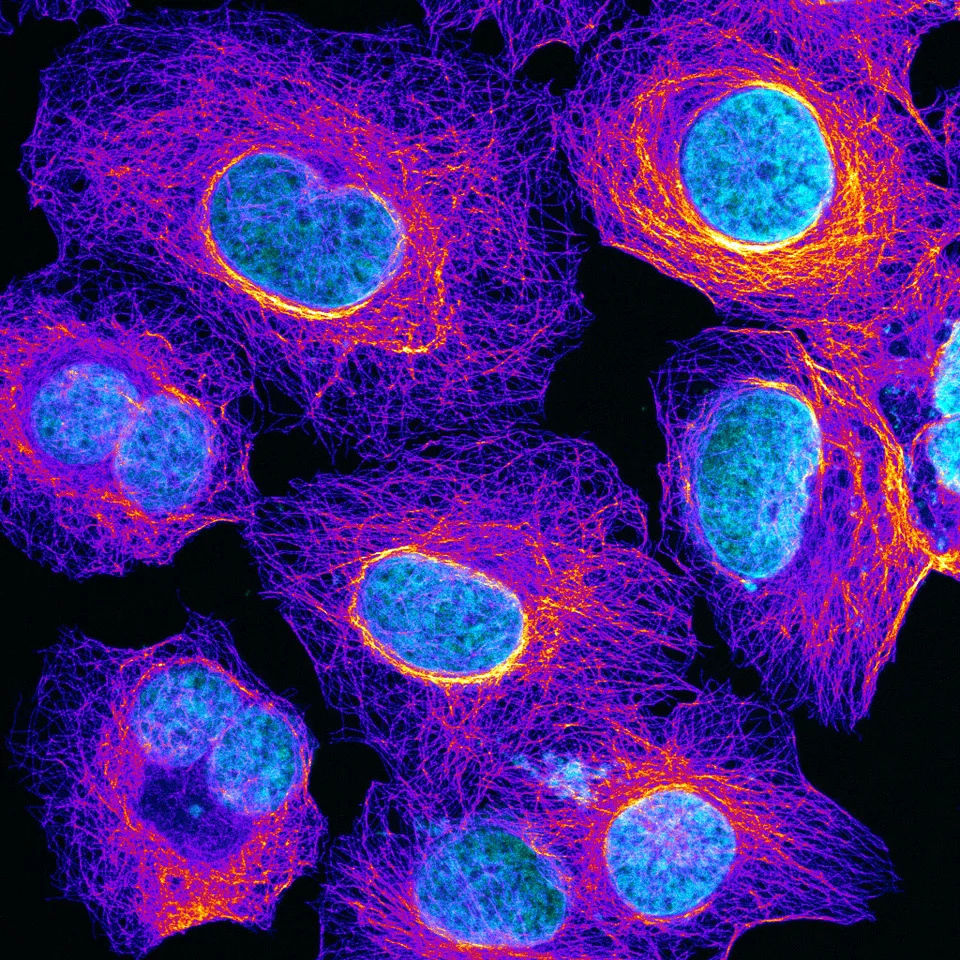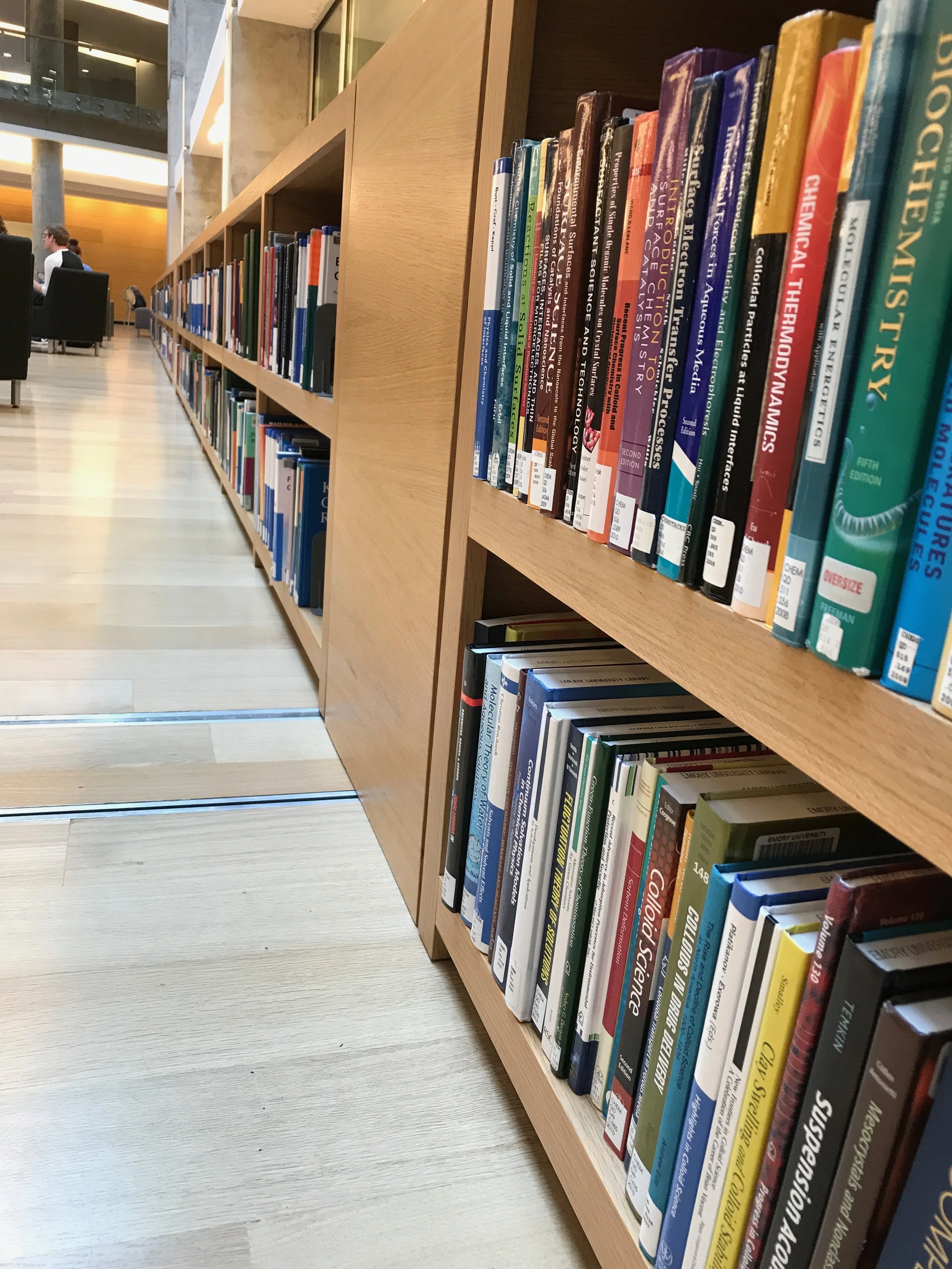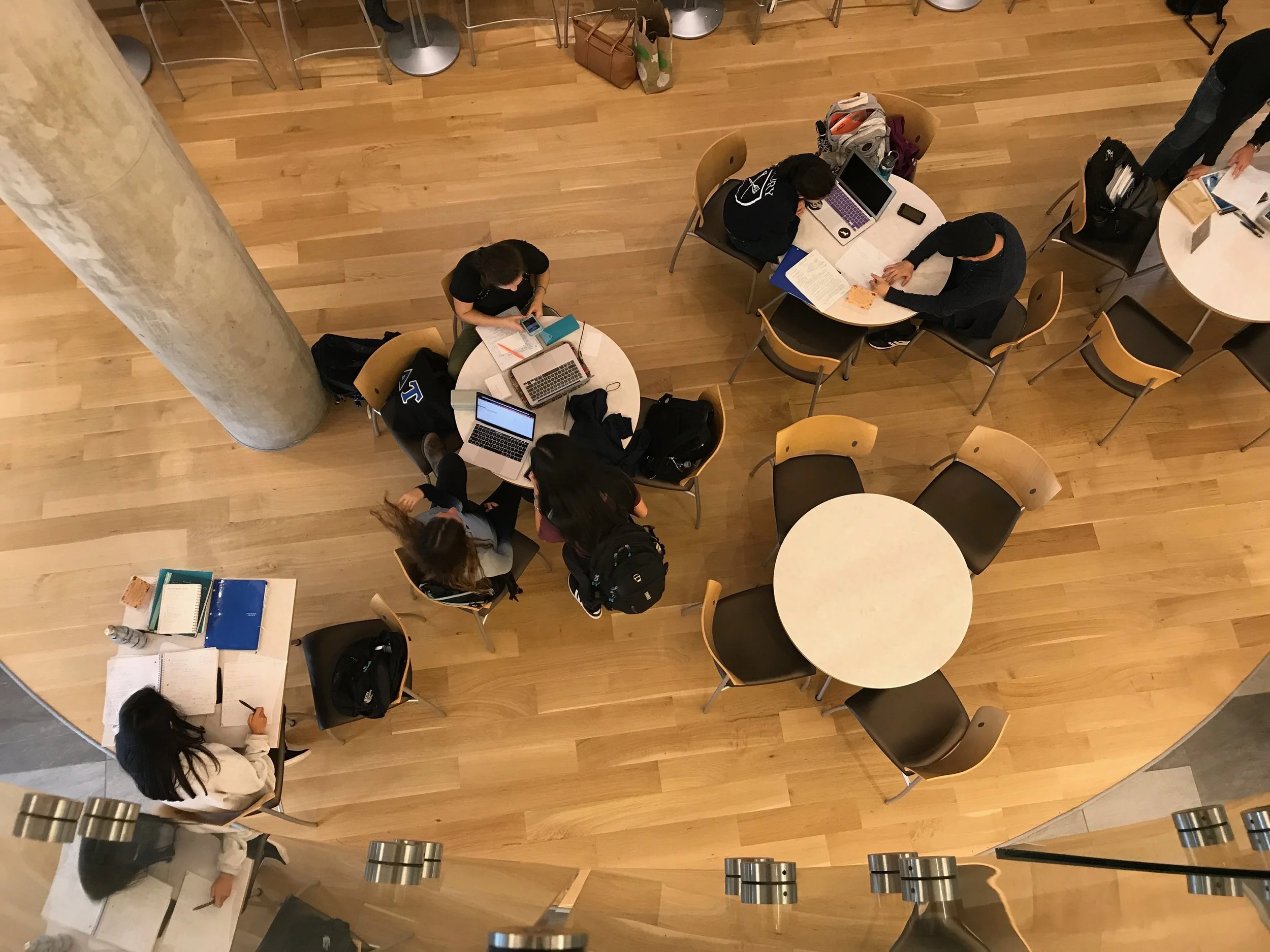By: Miranda McDaniel
If someone were to ask me about the topic of my graduate studies, I would likely start off by saying that I am working on my PhD in Molecular and Systems Pharmacology (MSP). Following that, I would likely launch into some enthusiastic soliloquy about how I study the brain and how different drugs and mutations can affect it. So, although I just explained that I study Molecular and Systems Pharmacology, it is also clear that my research heavily involves Neuroscience as well.
If you were to ask Matt Tilman, one of my MSP classmates, his answer would likely begin much the same: “I am a working on my PhD in Molecular and Systems Pharmacology.” However, what would follow this introduction would be vastly different. He would probably start explaining that he uses structural and biochemical analysis to study fatty acid binding proteins, even sprinkling in words like “purification” and “crystallography”.
Although my three classmates and I all sat through the same MSP introductory courses and passed the same qualifying exam, the four of us have entirely different research interests. As students of the Graduate Division of Biological and Biomedical Sciences (GDBBS), we have the unique opportunity to study across the broad range of biological sciences. Although each student applies to and is accepted by a single program, the interdepartmental nature of GDBBS grants students the flexibility to traverse disciplines and pursue their diverse research interests.
For example, my research advisor, Dr. Stephen Traynelis, is a member of both MSP and Neuroscience (NS). As such, we often have rotation students from both programs bringing unique perspectives to the research. Additionally, I was able to participate in neuroscience courses to expand upon the knowledge I gained on the topic through my MSP coursework, and I’ve attended seminars hosted by NS and Biochemistry, Cell, and Developmental Biology (BCDB).
Lauren Fleischer, another of my MSP classmates, works in the lab of Dr. Trent Spencer. Dr. Spencer is a member of MSP and Cancer Biology. His lab, whose research focuses on Drug Resistance Immunotherapy, has been populated by students in MSP, Immunology and Molecular Pathogenesis (IMP), and Cancer Biology (CB). With such a collection of experience and knowledge all standing shoulder to shoulder at the bench, it is no question that everyone benefits. Just as we are shaped by our life experiences, we are shaped by our training and education. When we are given the chance to work alongside people with different educational backgrounds than our own, we can integrate some of their knowledge into our own.
Dr. Eric Ortlund, Matt’s research advisor, is a member of MSP and BCDB. Matt shares his lab space with another MSP student and two students in the BCDB program. Additionally, members of the Ortlund lab collaborate closely with other Emory researchers in GDBBS, again taking advantage of diverse training and areas of expertise. Contrarily, our fourth classmate, Ken Liu, works in the lab of Dr. Dean Jones. Although Dr. Jones is considered to only be a member of MSP, his research expands far beyond the confines of a single program. As a professor of Medicine and Biochemistry, as well as the Director of the Clinical Biomarkers Lab, research under the guidance of Dr. Jones spans from physiological chemistry and metabolism to infectious diseases and personalized medicine.
One of the major challenges of any scientific research is finding answers to complex questions that haven’t yet been answered by other experts in the field. Often, answering these questions isn’t as simple as turning on a huge piece of equipment and pressing the start button. Making truly innovative discoveries usually requires researchers to have an arsenal of equipment, an assortment of skills, and a collection of creative ideas. Having all these tools needed for success in the research world is built from a team of people. Whether it’s sharing instrumentation or knowledge, everyone benefits from a collaborative environment where ideas can give way to breakthroughs.
Even outside of the lab, having diverse research interests within GDBBS lends itself to success. When I get the chance to catch up with my MSP peers, we share colorful conversation about research projects involving primates or proteins or prodrugs or preclinical research. And, although these conversations don’t always lead to a collaboration, they certainly contribute to a more dynamic approach to science and a broader knowledge base from which we can develop ideas.
The benefits of interdisciplinary collaboration can even be found within this very newsletter. The contributors to this edition of the newsletter are members of MSP, NS, Population Biology, Ecology, and Evolution (PBEE), and Microbiology and Molecular Genetics (MMG). I like to believe that this diversity among the authors provides each article with a unique tone.
GDBBS gives its students the opportunity to pursue our personal research interests without sacrificing a sense of community. The structure of GDBBS, with intimate individual programs woven together socially and scientifically, promotes an environment that truly allows its students to thrive.










